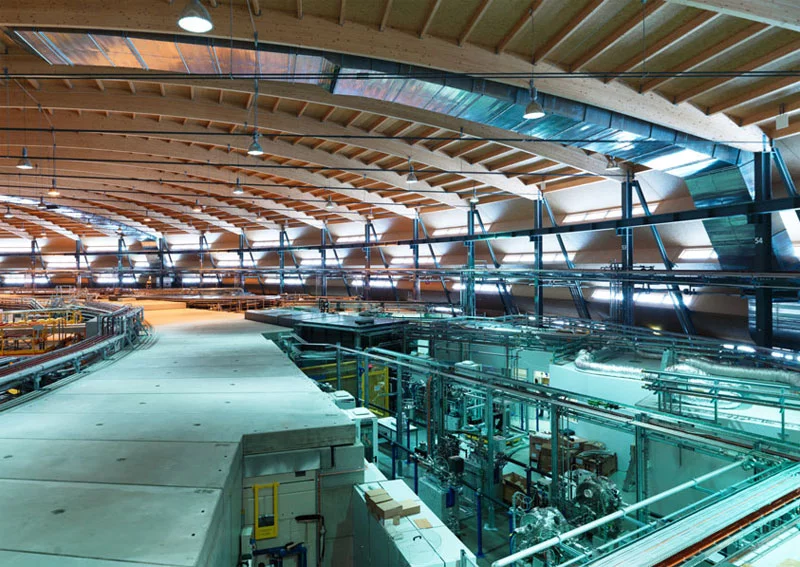Large research facilities
probesthat are needed to examine matter in such a way that the information being sought can be obtained. PSI maintains a number of such facilities, making them available as a service for other institutions, but also using them for its own research. These facilities are unique within Switzerland, and PSI is the only location in the world for some of the facilities
Research using large facilities
The large facilities at PSI generate neutrons, muons and synchrotron light. Neutrons and muons are very small particles, while synchrotron light is X-ray radiation at an extremely high level of intensity, with adjustable energy. These three
probescan be used to obtain information about the structure of a very wide range of materials, with each probe being especially well-suited to specific experiments.
Free-electron X-ray laser SwissFEL
Swiss Light Source SLS
SINQ neutron spallation source
SμS muon source
Swiss research infrastructure for particle physics CHRISP
With the help of CHRISP, researchers are using the internationally most powerful source of ultracold neutrons to investigate how our universe is structured. They determine, for example, fundamental natural constants with the highest precision and search for deviations in the current standard model of particle physics. They also develop and test detectors for experiments at PSI, for space missions and for the European research centre CERN in Geneva.

